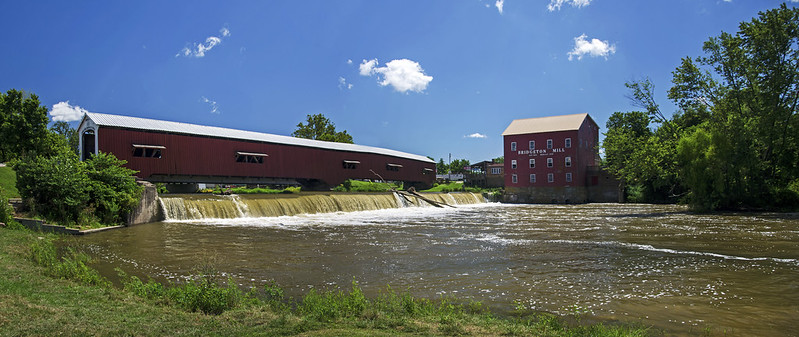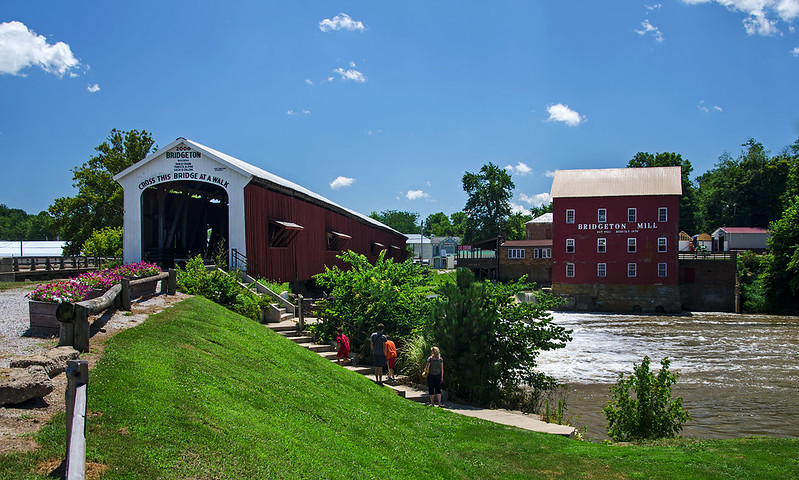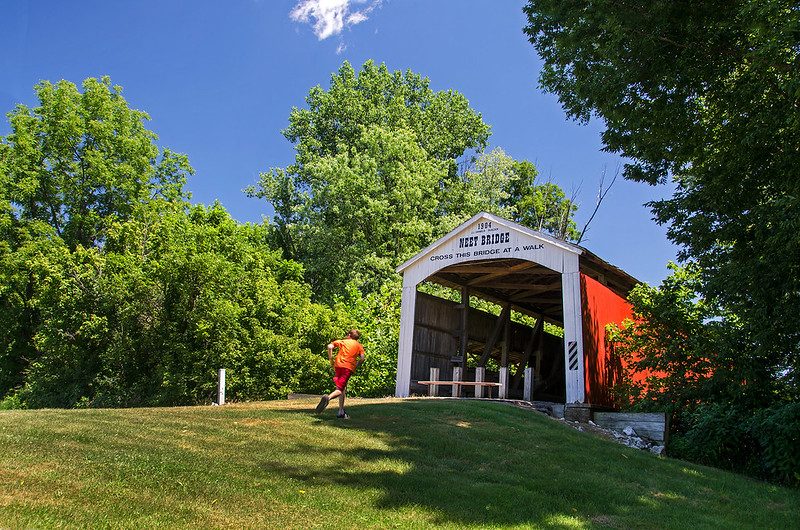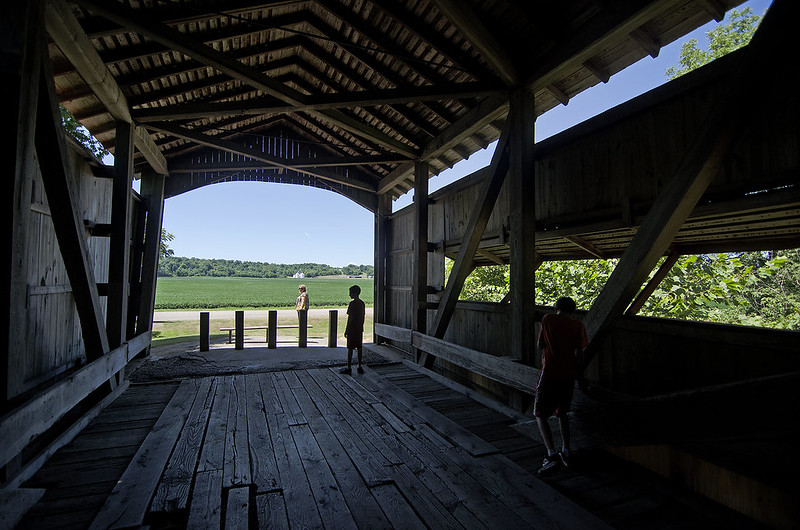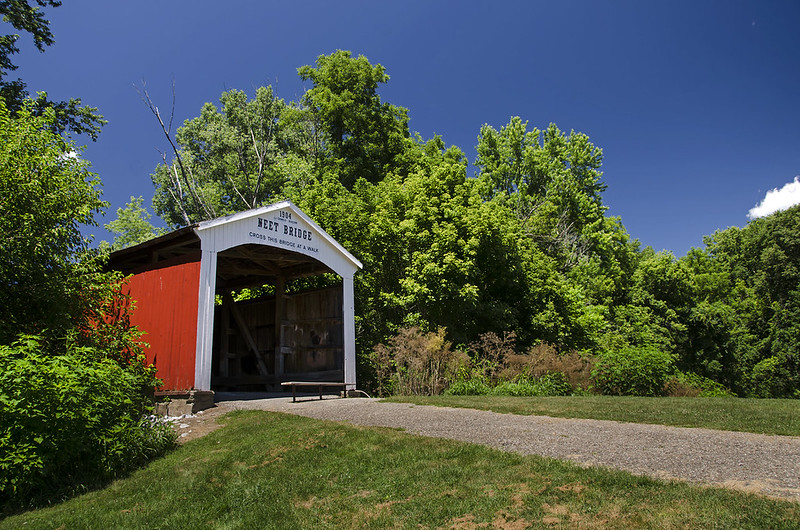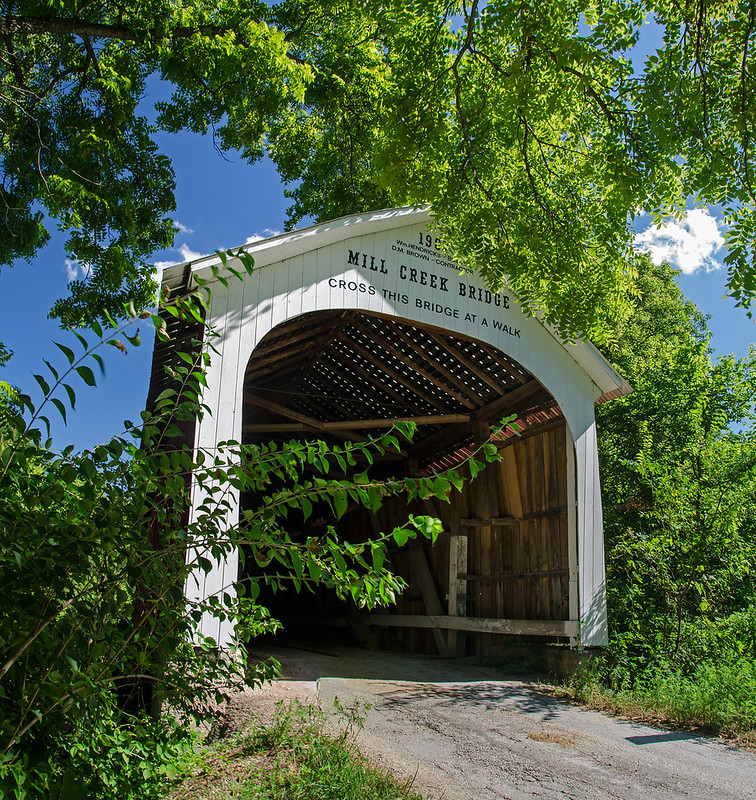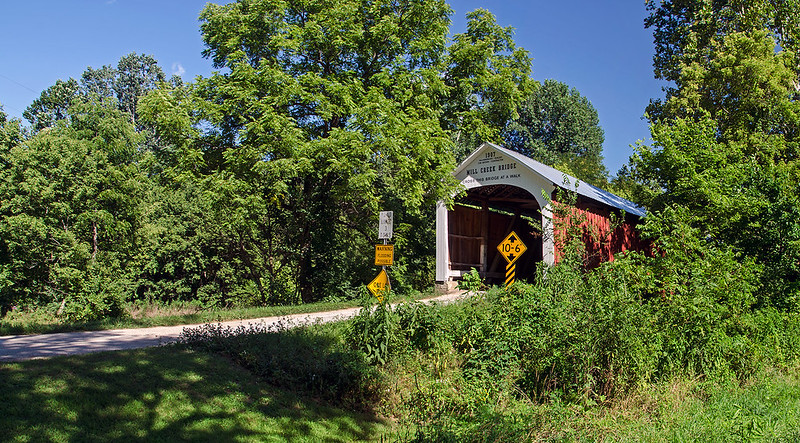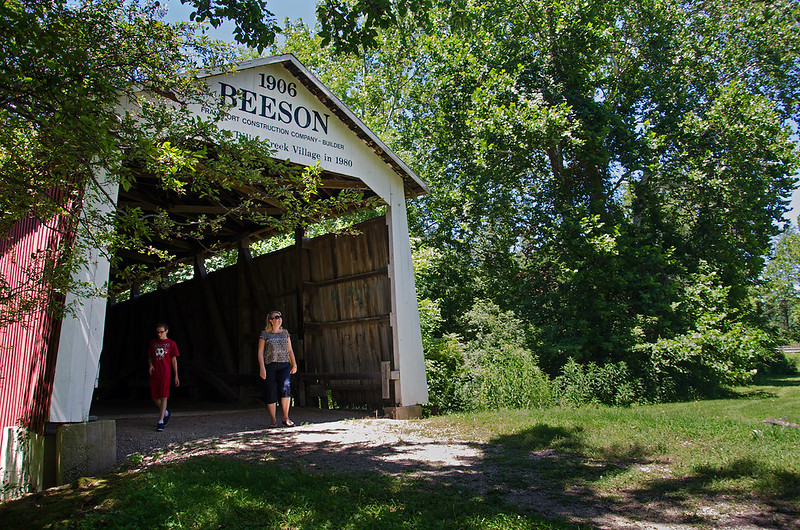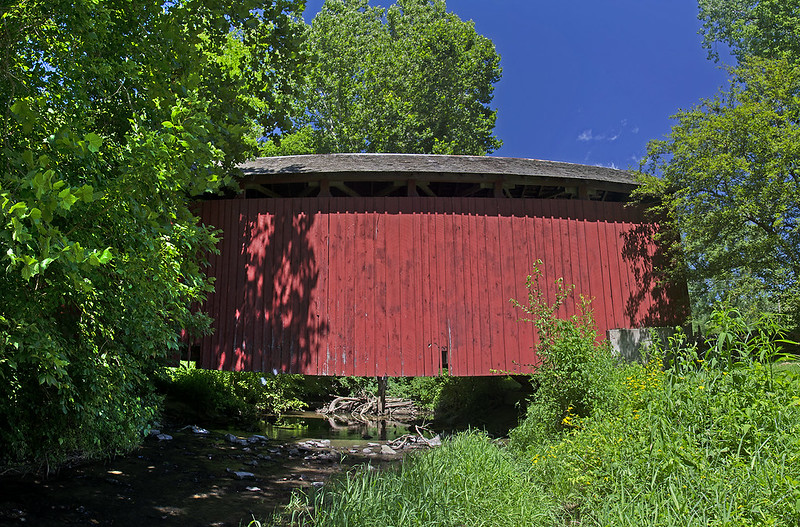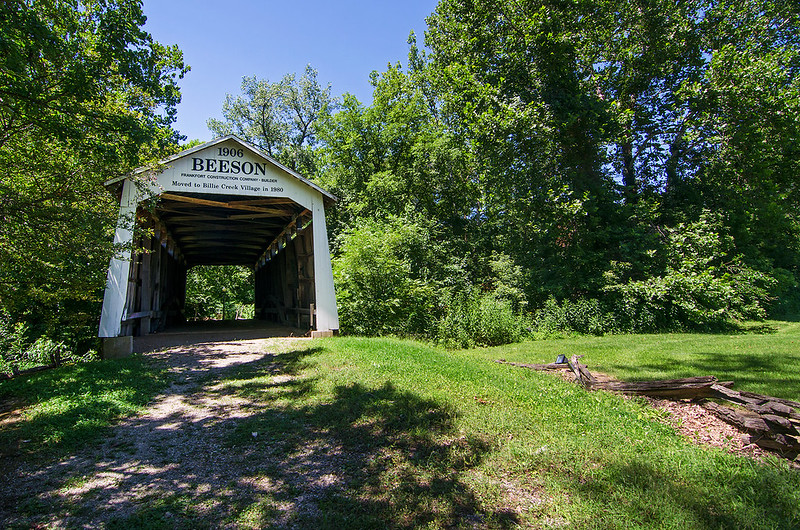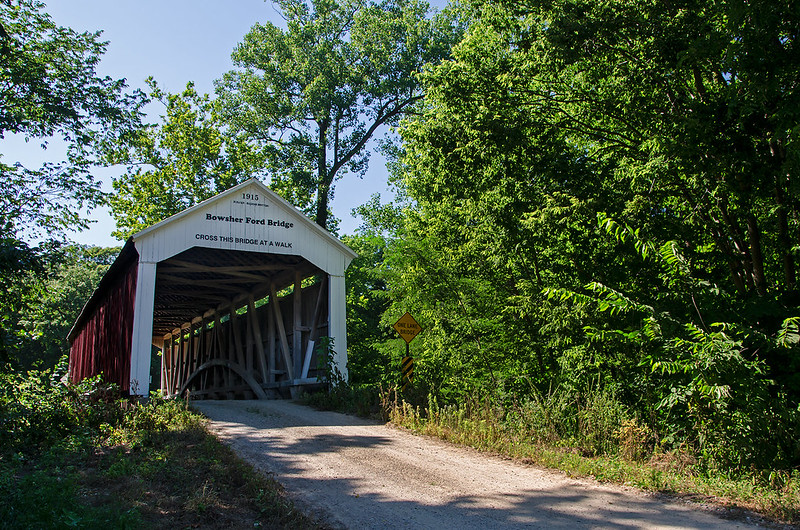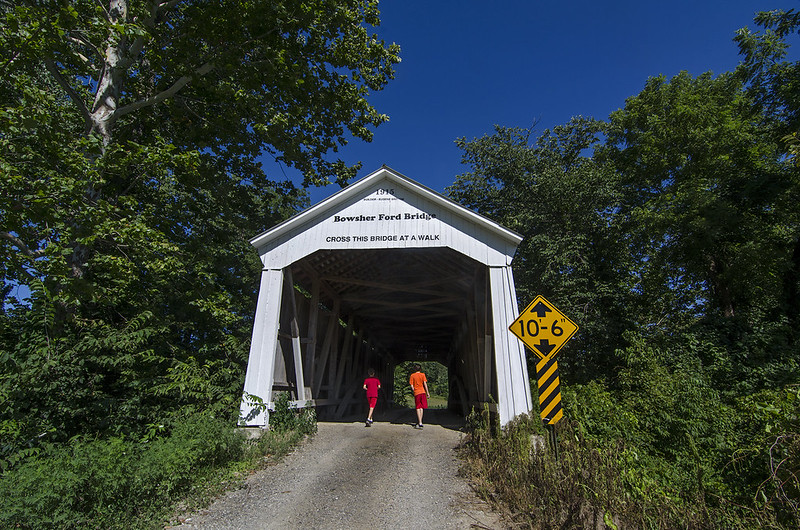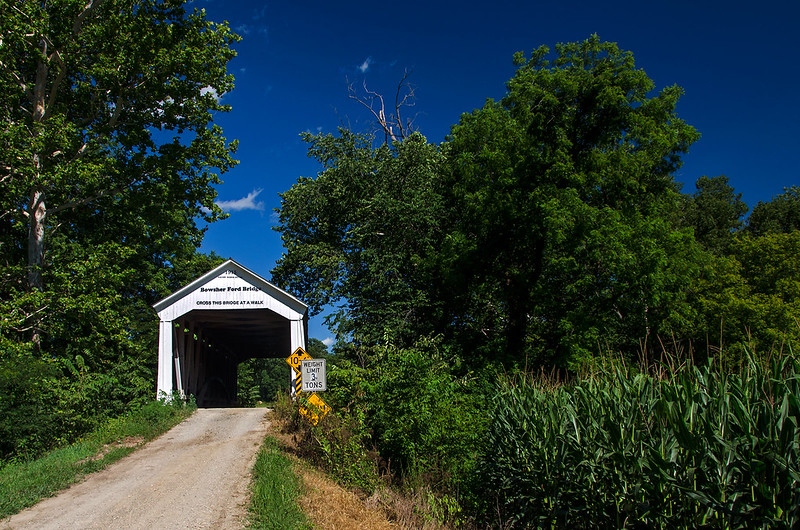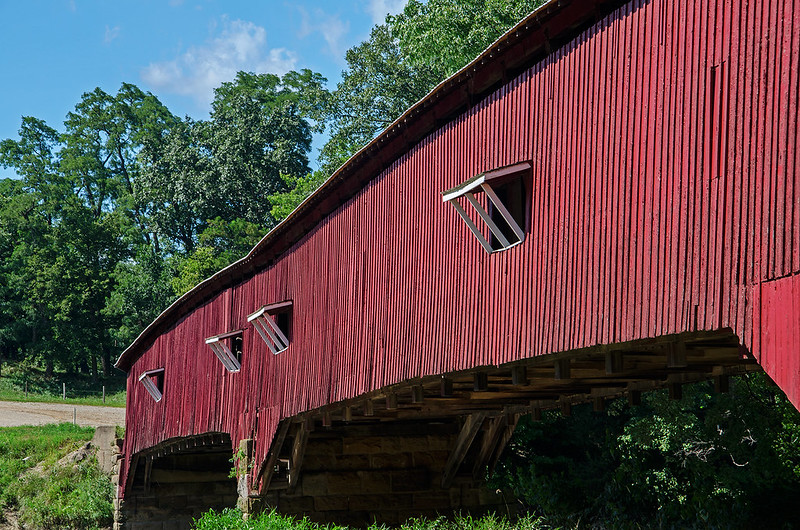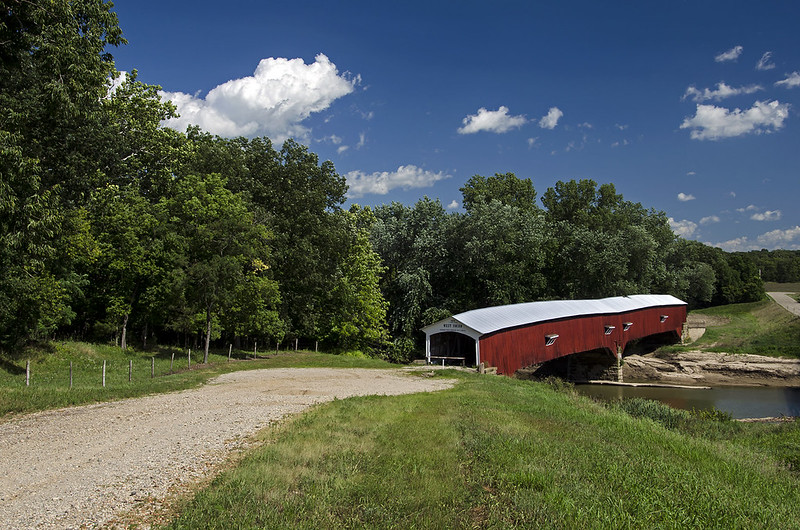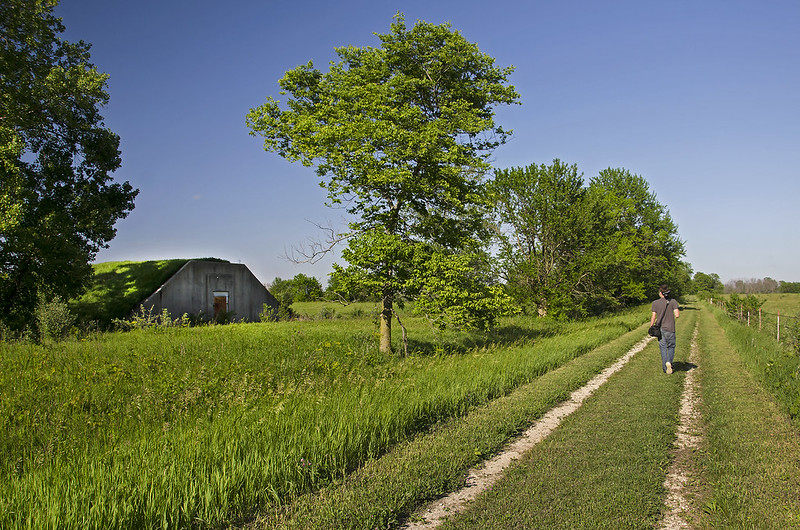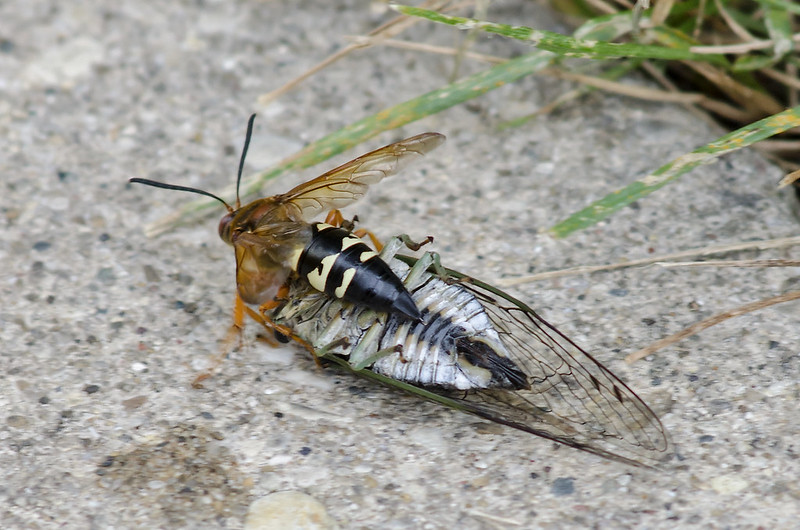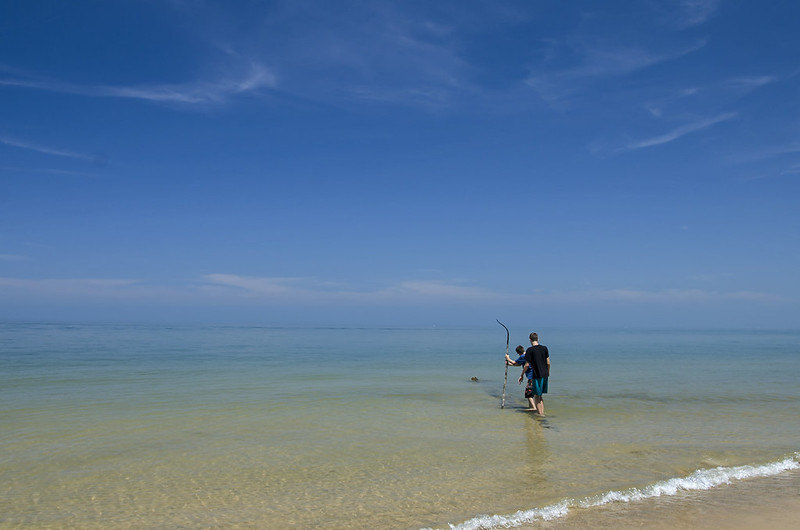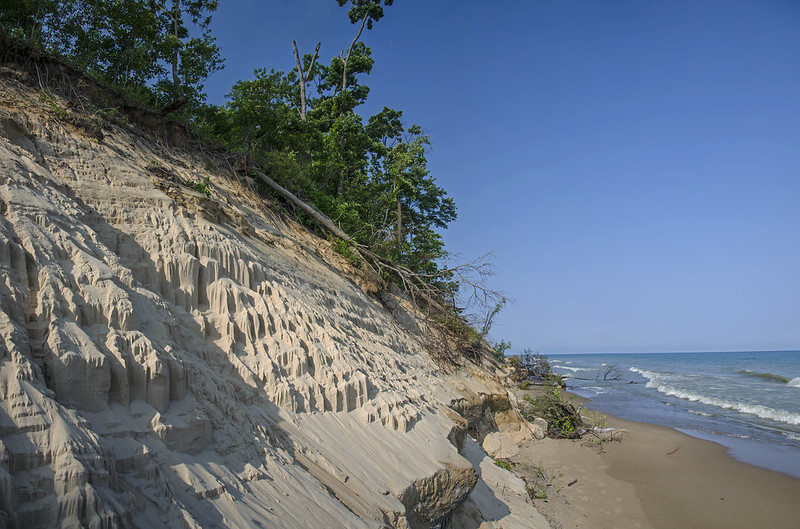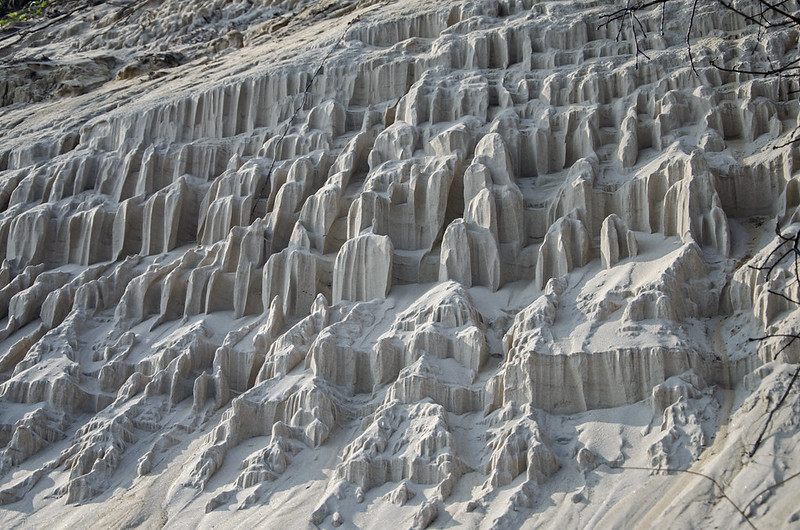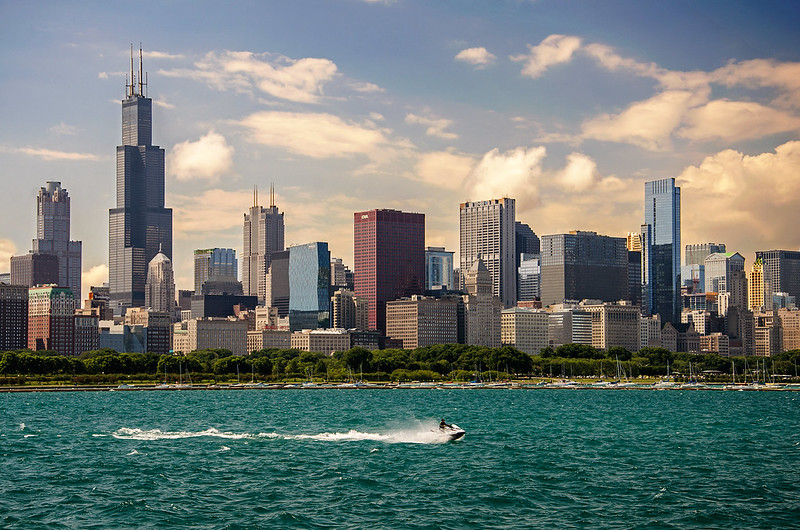
A jetskier enjoys the waters of Lake Michigan - just off Monroe Harbor- on a hot summer afternoon. One of the best places to view the Chicago skyline if you're a land lubber is from Solidarity Drive and the breakwater around the Adler Planitarium. The skyline is clearly visible, behind Grant Park, and the lakefront trail, with Monroe Harbor in the foreground- an all around great combination. It's best to arrive early in the day when the buildings are washed with sunshine, or after sunset when they are illuminated. Anytime near sunset the buildings will be in shadow because the sun sets behind them.
Many years ago, I used to walk out on the Easterly Breakwater to view the city, but the last few times I've tried to access it, it's been closed.









